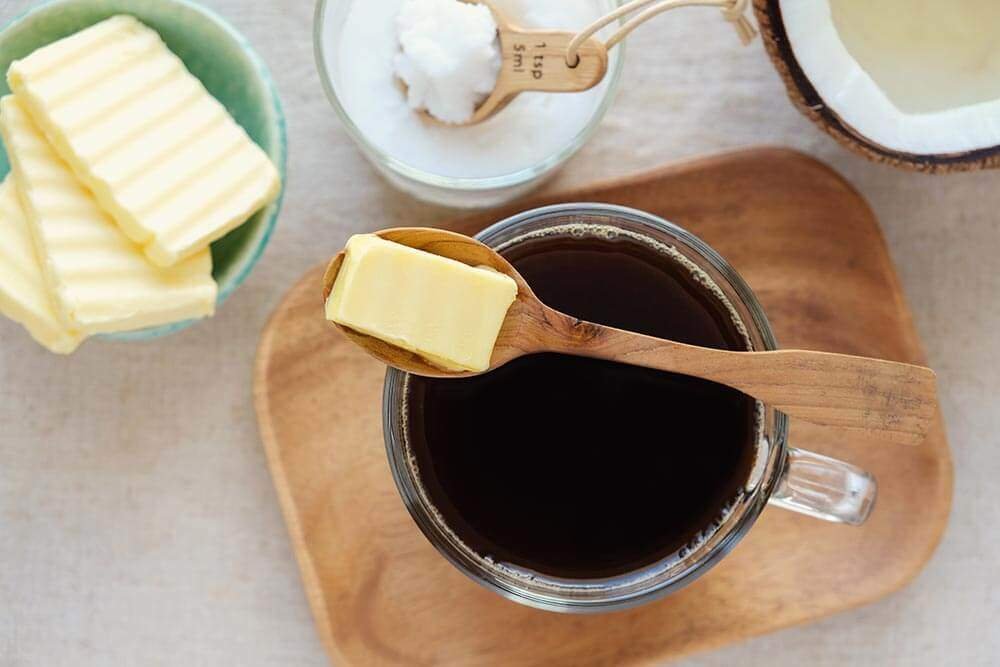Last Updated on May 22, 2020 by Nick J-Pepe
There are a lot of unhealthy products that represent processed foods sold in supermarkets and that have taken over our diets.
However, margarine is arguably not only one of the worst but also one of the most bizarre and strangest in the entire manufacturing process.
Perhaps after you’ve read this article, you’ll go to your fridge, grab your bin of margarine, throw it out and never buy margarine again. I’m sure of it.
The margarine manufacturing process
What is margarine exactly and how is margarine made?
The vegetable shortening and margarine we see used in a wide list of supermarket foods, factories begin with vegetable oils taken from corn, cotton seeds, soybeans or canola under pressure, high heat and hexane or some other toxic solvents that are extremely unhealthy for you just by their nature.
It begins with a quite unappetizing dark gray shade and a foul-smelling oil which is treated with caustic soda and acids to bleach everything. Then there is a second deodorization of high temperature that gets rid of everything nutrition in the oil and that increases the chances of things becoming rancid.

In the next step, in a high-pressure reactor, the oil is blended with a combination of hydrogen gas and a nickel catalyst. The hydrogen atoms located in the fatty acid molecules are forced, at room temperature, and turn the liquid into solid.
This is known as hydrogenation which creates toxic trans fats, all of which are linked to cardiovascular disease.
Located in the high-pressure reactor, the bad-smelling grey grease that is produced is filtered to get rid of the nickel; it’s then mixed with emulsifiers and finally, it’s cleaned with high-temperature steam.
No logical person would eat what’s nothing more than grey sludge if they saw how it comes to be, so the manufacturers bleach it, yet again, and then add artificial flavors, synthetic vitamins and that familiar yellow color that pretends to be butter.
Why are we eating margarine?
That’s how. Now the question is, why are we eating it? After all, no insect, bird or animal would come near it. In fact, even flies and ants stay away from it. Yet, somehow, we think it’s a healthy choice. There’s nothing further from the truth.

This horrible and dangerous “food” is still peddled off as “heart-healthy,” so it shows how much certain foundations have so little regard for current medical research or common sense, especially where there are sponsorship dollars.
Grass-fed butter is the healthier choice
What is the healthiest kind of butter? It’s the butter created from cows grazing on grass instead of being fed corn waste from ethanol production. Even though it’s becoming popular, you’ll likely have to visit a specialty deli or a large health food store. If you find it, stock up on it.
Butter resulting from grass-fed cows is rich in vitamin A and other fat-soluble nutrition such as vitamin D, vitamin E and vitamin K. Absorption of fat-soluble nutrients such as vitamin A carotenoids found in vegetables is also encouraged.
Conjugated linoleic acid or CLA aids in weight loss and grass-fed butter is one of the best sources of the nutrient. There are other great fatty acids such as lauric acid, omega-3, and glycosphingolipids found in grass-fed butter.
These benefits are far more important than a concern over extra calories. Use our iHerb first-time discount guide to buy high-quality butter.

Grass-fed butter is a healthy, natural source that heals and nourishes the body. On the other hand, that horrible gray sludge produced from margarine chemical plants has been linked to cancer, Alzheimer’s, arthritis and other chronic illnesses.
The risk of coronary heart disease is increased when we replace saturated fats like butter with polyunsaturated “foods” like margarine.
Is margarine a healthy choice?
No, it isn’t.
Did you have any idea of how the margarine you put on your bread is made? Now you do. So do you still want to eat it? I’d like to know what you think about horrible, unhealthy products masquerading as “food” and then sold to us as if they were healthy.

